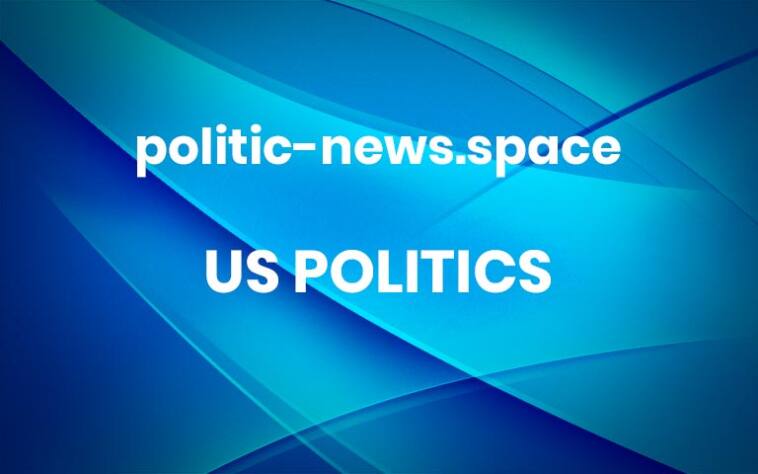Court overrides Trump officials’ rollback and blocks fishing in Pacific Islands monument
A federal judge in Hawaii has ruled that commercial fishing is illegal in the Pacific Islands Heritage marine national monument, a federally protected area in the central Pacific Ocean.The decision from judge Micah WJ Smith overturns an April letter released by the National Marine Fisheries Service’s (NMFS) – also known as National Oceanic and Atmospheric Administration (Noaa) Fisheries – that allowed fishing in parts of the monument that Barack Obama had protected during his presidency. The letter came about a week after Donald Trump’s presidential proclamation to reverse fishing regulations across the national monument, a world heritage site that includes archeological treasures, marine mammals, seabirds and coral reefs.Regulations banning commercial fishing in the area remain in effect, according to Friday’s ruling. The court said “no commercial fishing operators may reasonably rely on” the April letter, meaning fishing in waters 50 to 200 nautical miles around Johnston Atoll, Jarvis Island, and Wake Island must halt immediately.“The Fisheries Service cannot ignore our perspectives as the native people who belong to the islands and to the ocean that surrounds us,” said Solomon Pili Kaho’ohalahala, founding member of the non-profit group Kāpaʻa, the Conservation Council for Hawaii and the Center for Biological Diversity. “The law guarantees a process where we can advocate for protecting the generations of our children’s children who are yet to be born.”The environmental conservation group Earthjustice, representing the non-profits in Hawaii, filed its lawsuit in May and argued NMFS violated federal law by bypassing the formal process for changing fishing rules, which requires public notice and comment.“The court forcefully rejected the Trump administration’s outrageous claim that it can dismantle vital protections for the monument’s unique and vulnerable species and ecosystems without involving the public,” Earthjustice attorney David Henkin said.Then president George W Bush created the marine monument in 2009. It consists of about 500,000 sq miles (1.3m sq km) in the remote central Pacific Ocean south-west of Hawaii. Obama expanded it in 2014.As part of his push to make the US the “world’s dominant seafood leader”, Trump called the regulations “so horrible and so stupid” – and claimed they force US fishers “to go and travel four to seven days to go and fish in an area that’s not as good”.The Pacific Remote Islands Marine National Monument is about 370,000 sq nautical miles (1,270,000 sq km), or nearly twice the size of the state of Texas. It is managed by the US Fish and Wildlife Service, the Noaa and the defense department. The monument is home to one of the largest collections of deep ocean coral reef, seabird, and shorebird protected areas on the planet. It provides refuge for species threatened by the climate crisis and other stressors caused by humans.Kingman Reef, considered one of the most pristine coral reefs in US waters, is also part of the monument. Unesco reports it has the highest proportion of apex predators of any studied coral reef worldwide.Its waters are home to several shark species, including grey reef, oceanic whitetip, hammerhead and silky sharks, all of which play an important role in maintaining ecological balance.skip past newsletter promotionafter newsletter promotionAlong with the ecological value, the islands and ocean areas in and adjacent to the monument hold great value to Indigenous Pacific Islanders and researchers. The lawsuit says allowing commercial fishing in the monument expansion would harm the “cultural, spiritual, religious, subsistence, educational, recreational, and aesthetic interests” of a group of Native Hawaiian plaintiffs who are connected genealogically to the Indigenous peoples of the Pacific.“This is a huge win for the Pacific’s irreplaceable marine life and for the rule of law,” Maxx Phillips, staff attorney at the Center for Biological Diversity, said about Friday’s ruling. “These sacred and irreplaceable ecosystems are home to endangered species, deep-sea corals, and rich cultural heritage.”Associated Press contributed to this report More



